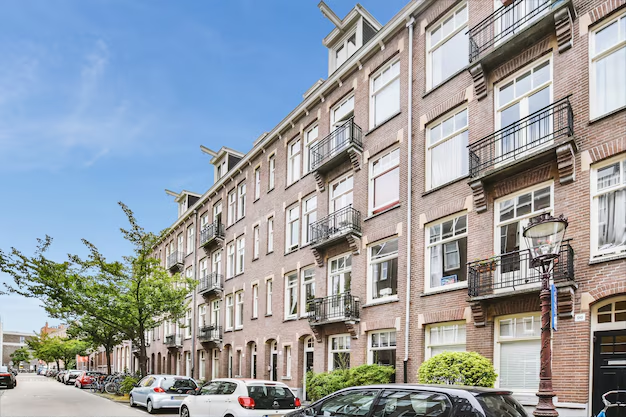Navigating the Cincinnati Metropolitan Housing Authority: Your Guide to Housing and Financial Assistance
Finding affordable housing can be a challenging and often daunting task, especially for families and individuals facing financial difficulties. If you're in Cincinnati, Ohio, and looking for housing assistance, the Cincinnati Metropolitan Housing Authority (CMHA) offers a beacon of hope. This article delves into the services provided by CMHA, unpacking how you can take advantage of their programs and connecting you with additional financial resources that could ease your economic burdens.
Understanding CMHA's Offerings
CMHA is dedicated to providing safe and affordable housing to low- and moderate-income individuals and families. It operates a range of housing options, including:
Public Housing: This program offers rental assistance in units owned and managed by CMHA. It serves families, the elderly, and people with disabilities who meet income eligibility.
Housing Choice Voucher Program (Section 8): This allows participants to search for their preferred home within the private rental market. The voucher subsidizes a portion of the rent, making it more affordable.
Supportive Housing Services: Tailored for special populations, these services offer additional support to help maintain stable living conditions.
These initiatives not only alleviate immediate housing concerns but often guide participants toward long-term financial stability. As you explore CMHA’s assistance, remember there are additional avenues worth investigating to support your financial goals.
Expanding Your Financial Support Network
In addition to housing, various government aid programs are available for those needing financial assistance beyond what CMHA offers. Here’s a closer look at some impactful programs:
Government Aid Programs
Supplemental Nutrition Assistance Program (SNAP): This program helps low-income families purchase healthy food. It's an essential resource for maintaining holistic well-being while managing housing costs.
Temporary Assistance for Needy Families (TANF): Offering temporary financial support, TANF is designed to help families achieve self-sufficiency by providing necessary funds for meals, clothing, and children’s education expenses.
Financial Assistance and Debt Relief
Emergency Rental Assistance Program (ERAP): If you're facing an immediate risk of eviction, ERAP provides funds for rent and utility assistance available to eligible tenants.
Debt Relief Solutions: Credit counseling and debt management programs can help you handle existing debts more effectively, lowering monthly payments and reducing stress.
Educational and Career Development Opportunities
Investing in education and skill development can yield long-term benefits. Look into:
Federal Pell Grants: Accessible to undergraduate students, these grants can be used to cover tuition costs, thus freeing up personal funding for housing needs.
Job Training Programs: Designed to enhance your career opportunities, local community organizations offer vocational training and job placement services.
Taking a Holistic Approach
Navigating financial challenges requires a balanced approach, leveraging every available resource. By engaging with CMHA for housing assistance and exploring complementary programs, you pave a pathway toward greater stability and peace of mind.
Key Resources at Your Fingertips
Before embarking on your journey, take a glance at this checklist that summarizes available options:
- 🏠 CMHA Programs: Public housing and housing vouchers
- 🍽️ SNAP: Nutrition assistance for purchasing food
- 👨👩👧👦 TANF: For families needing financial support
- 🏡 ERAP: Immediate rental and utility aid
- 💳 Debt Relief Solutions: Credit counseling and debt management
- 🎓 Federal Pell Grants: Education funding for students
- 🚀 Job Training: Career advancement opportunities
Embrace these opportunities and set yourself on a path toward a more secure and financially stable future. Understanding and utilizing these resources can help alleviate the pressures of affordability and provide you with control over your financial destiny.
